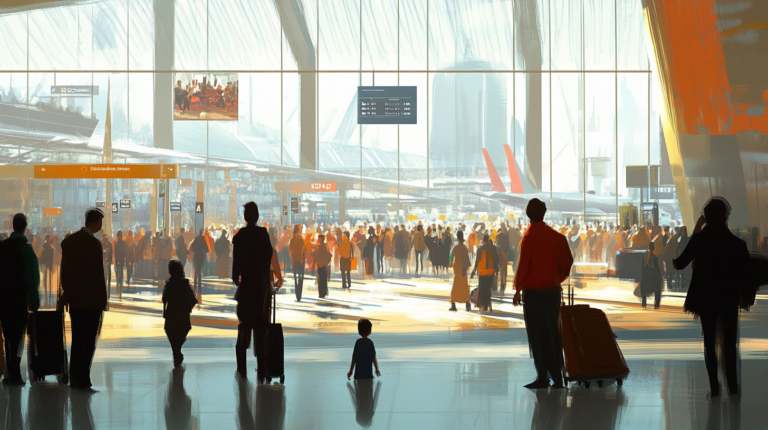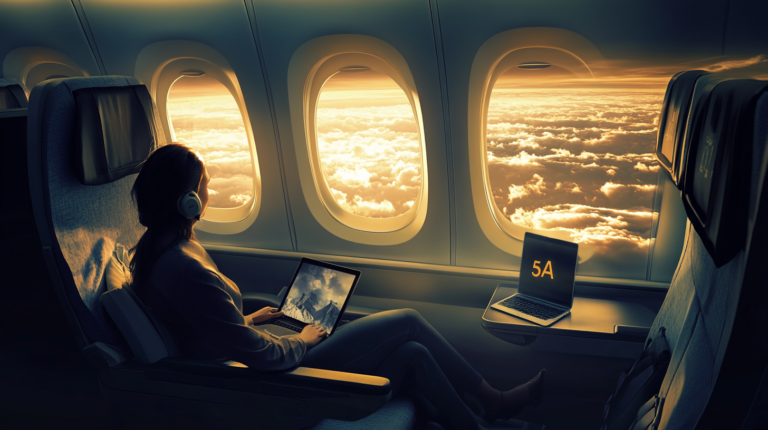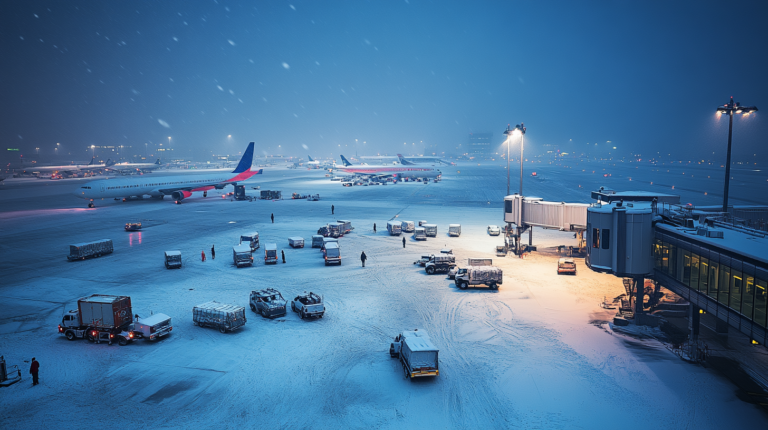Nine Hacks for Effortless Business Travel
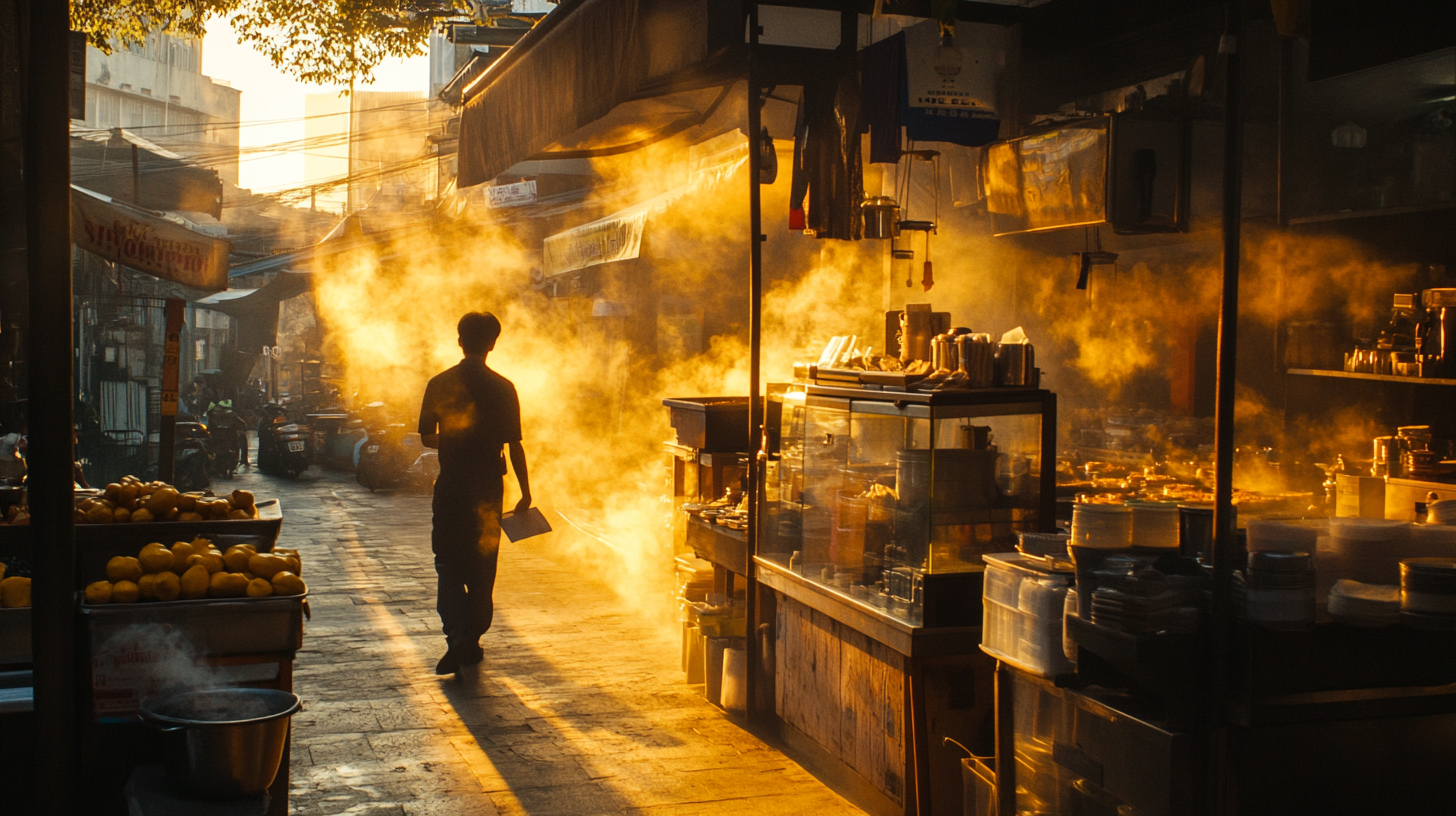
Business travel in 2025 can still be streamlined in surprising ways. I’ve found that having a solid system for booking, packing, and navigating airports isn’t just a convenience—it’s a professional advantage. Over the years, I’ve honed my approach through trial, error, and research into practical travel innovations. Below are nine expanded strategies that will help keep your trip efficient, cost-effective, and maybe even fun.
1. Book Early and Fly at Dawn
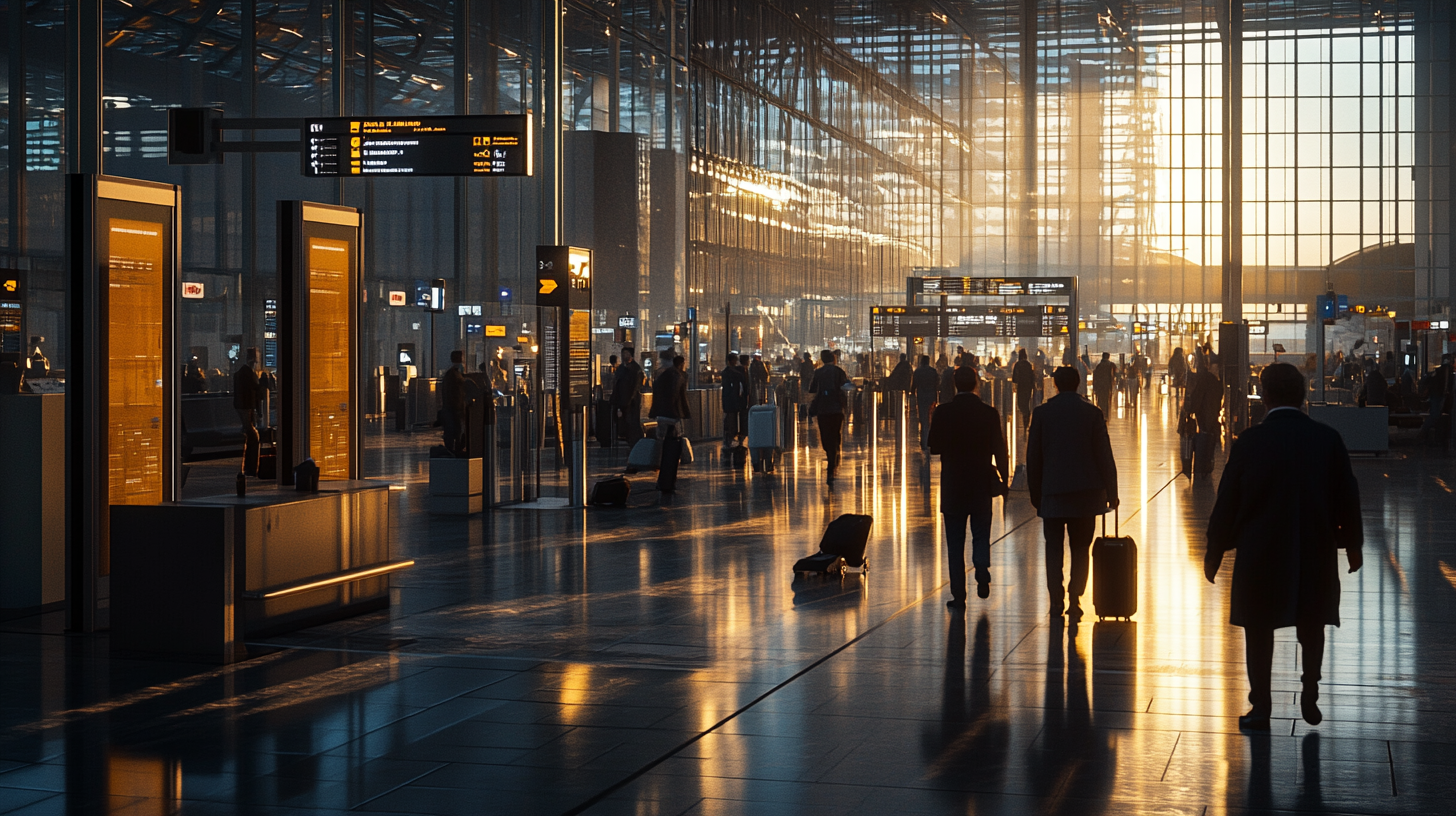
When I first started traveling for work, I learned fast that booking flights early unlocks two crucial benefits: more seat choices and better prices. According to a 2023 survey by the Global Business Travel Association, those who book at least three weeks in advance save up to 15% on domestic routes. Taking that step can help you consistently land prime departure times—especially the early morning flights that are less prone to delays.
I also love the quiet serenity of dawn flights. Getting through security in a calmer airport setting boosts my productivity from the get-go. An added bonus? Early flights tend to experience fewer scheduling hiccups, so I’m less likely to lose half a day stuck due to a late takeoff or mechanical issue. It’s a proactive way to sidestep a lot of mid- or late-day turbulence.
Finally, morning arrivals mean you can often jump straight into meetings with minimal idle waiting. I’ve observed that colleagues who catch dawn flights are calmer and more prepared once they reach their destinations—no late evenings or missed connections to sap their energy or enthusiasm.
2. Pack Light with Versatile Gear
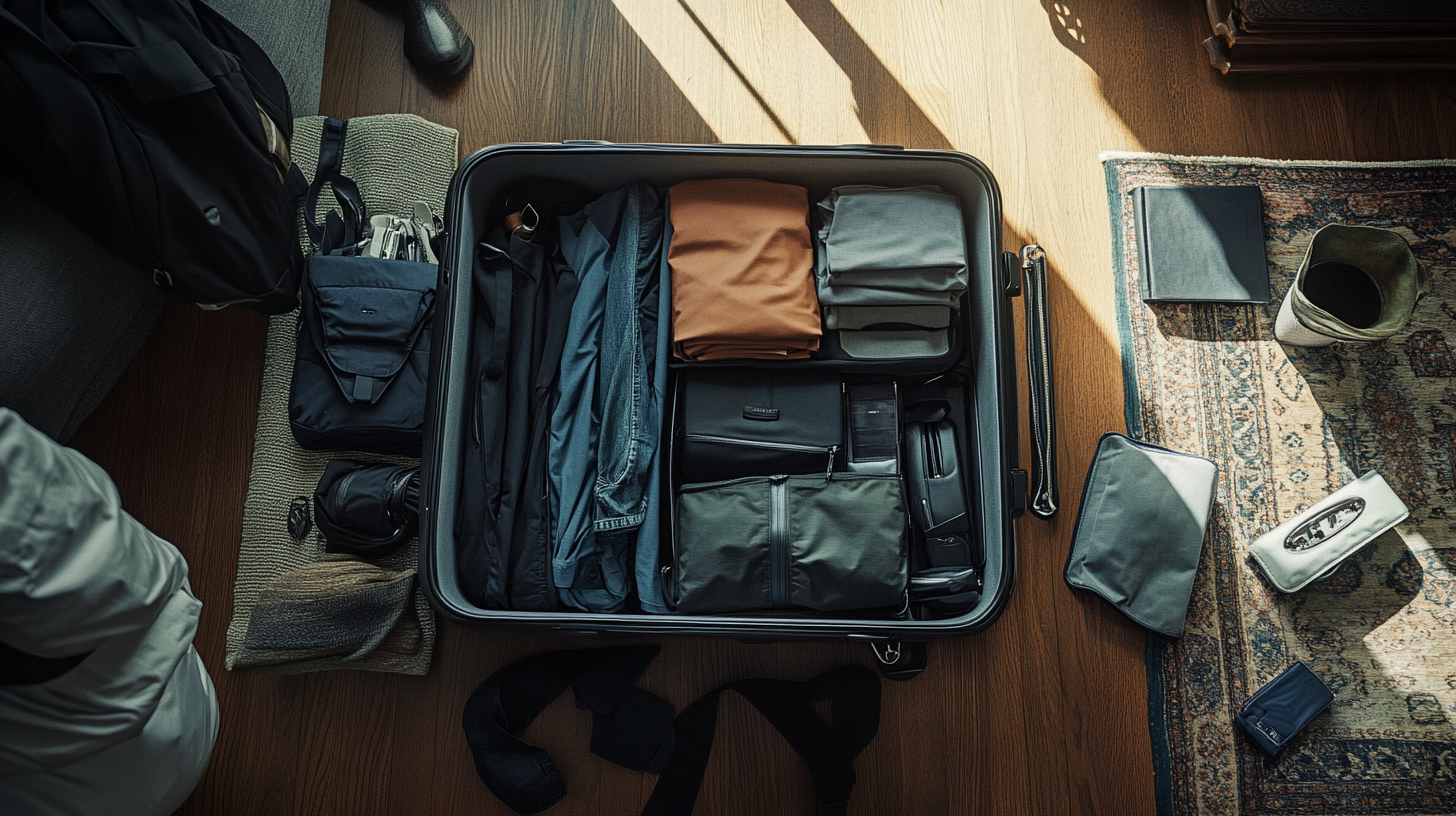
I used to cram my carry-on with “just-in-case” items, but I’ve since learned that minimal packing pays off. Versatile garments—like wrinkle-resistant slacks or a blouse that easily transitions from boardroom to informal gathering—are must-haves. A portable steamer or wrinkle-release spray is a lifesaver; it weighs next to nothing but prevents you from showing up unkempt when you’re short on time.
It’s also essential to invest in a solid carry-on with quality spinner wheels. Save your back (and your nerves) by owning luggage that glides effortlessly through busy terminals. I rarely leave home without extra power banks and adapters, since scrambling for an outlet in a packed airport lounge is the worst way to spend layover time. Keeping cords, chargers, and toiletries in separate pouches helps me stay organized so I can breeze from one gate to the next.
Another space-saving trick I’ve picked up is packing my clothing in compression cubes. These cleverly shrink items so I can fit a few more pieces into a standard carry-on. According to a recent consumer survey conducted by a leading travel goods association, 67% of frequent travelers report improved packing efficiency using compression accessories. Give them a try, and you’ll see results instantly.
3. Leverage Loyalty Programs
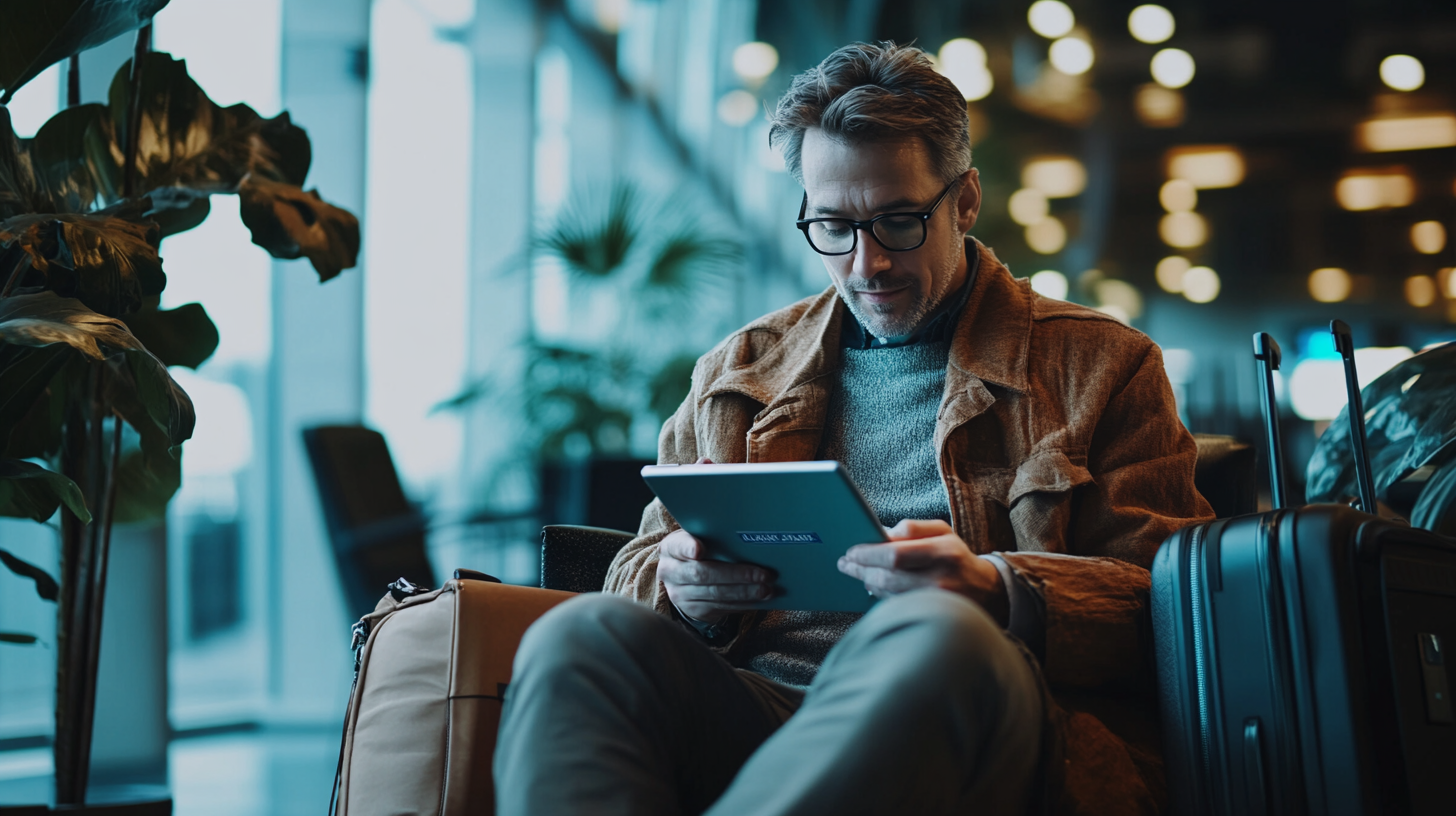
By focusing on one airline alliance or hotel chain, I’ve racked up points far quicker than when I casually bounced between different brands. Over time, those loyalty points translate into everything from complimentary upgrades to priority boarding or lounge access—perks that greatly reduce the stress of frequent travel. Even car rental agencies often offer status levels that mean faster pickup and potential discounts.
In many cases, hitting mid-tier status in an airline’s loyalty program can unlock perks like extra legroom seats or early boarding. The result? You’re productive even before takeoff, with room to organize your laptop and documents in the overhead bin. According to industry data, more than 70% of business travelers believe loyalty memberships improved their overall travel experience by 2024. It’s a straightforward strategy that pays off year-round.
A tip I swear by is to use co-branded credit cards for major airlines or hotels. The points accumulate faster, and the annual fee often pays for itself if you travel frequently. I’ve seen colleagues redeem free flights or extended-length hotel stays purely from focusing on a single loyalty ecosystem.
4. Master Digital Tools
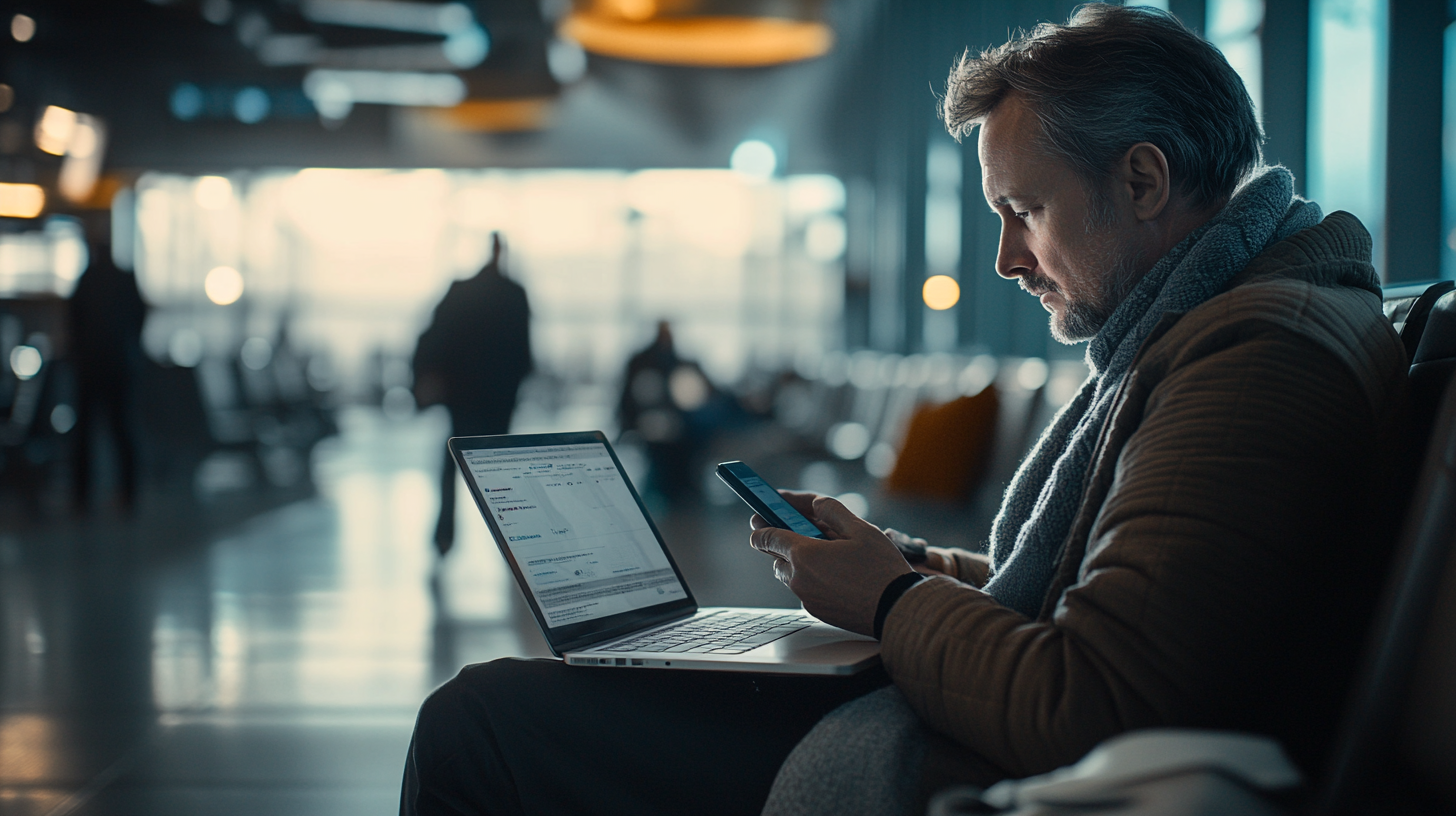
When a major flight delay hits, immediate access to real-time alerts can make all the difference. Airline apps often notify me first, giving me a head start on rebooking or exploring alternative routes. Similarly, hotel apps let me confirm early check-in or late checkout if my schedule shifts unexpectedly.
For expense management, I rely on digital scanning apps. This not only stays paperless but also cuts the headache of rummaging for receipts during the reimbursement process. In 2024, a survey indicated that using digital expense reporting can slash your reconciliation time by 40%. Apps such as Expensify or CamScanner ensure a smooth experience, so there’s zero risk of losing important documentation on a chaotic trip.
Finally, e-visas and biometric checkpoints are becoming the norm in border control. Some travelers still haven’t hopped on that train, but it’s worth exploring. Check your destination’s portals to see if you can apply for a fast-track immigration lane or digital visa. If you’re frequently bouncing between countries, setting up these systems is a one-time hassle that keeps paying off with each subsequent trip.
5. Keep Expenses Under Control

One lesson I’ve learned is that small costs can quickly balloon into major surprises if you’re not paying close attention. Apps that sync with your credit card automatically categorize your spending, making it easier to spot anomalies or stick to a company-approved budget. In recent years, many travel policies encourage or even mandate such digital tracking to maintain oversight.
I also found that planning accommodations with cost-effectiveness in mind is key. I’ve had great success mixing traditional hotels for shorter stays with rental apartments or extended-stay suites for lengthier trips. The bonus kitchen or lounge space can make a big difference in your comfort and productivity if you’re away for more than a few days.
If you decide to turn on notifications from banking apps, you’ll see instant charges the moment they’re processed. This extra layer of real-time oversight can help you catch erroneous fees (like a surprise minibar charge) before they settle permanently on your tab.
6. Opt for Direct Flights
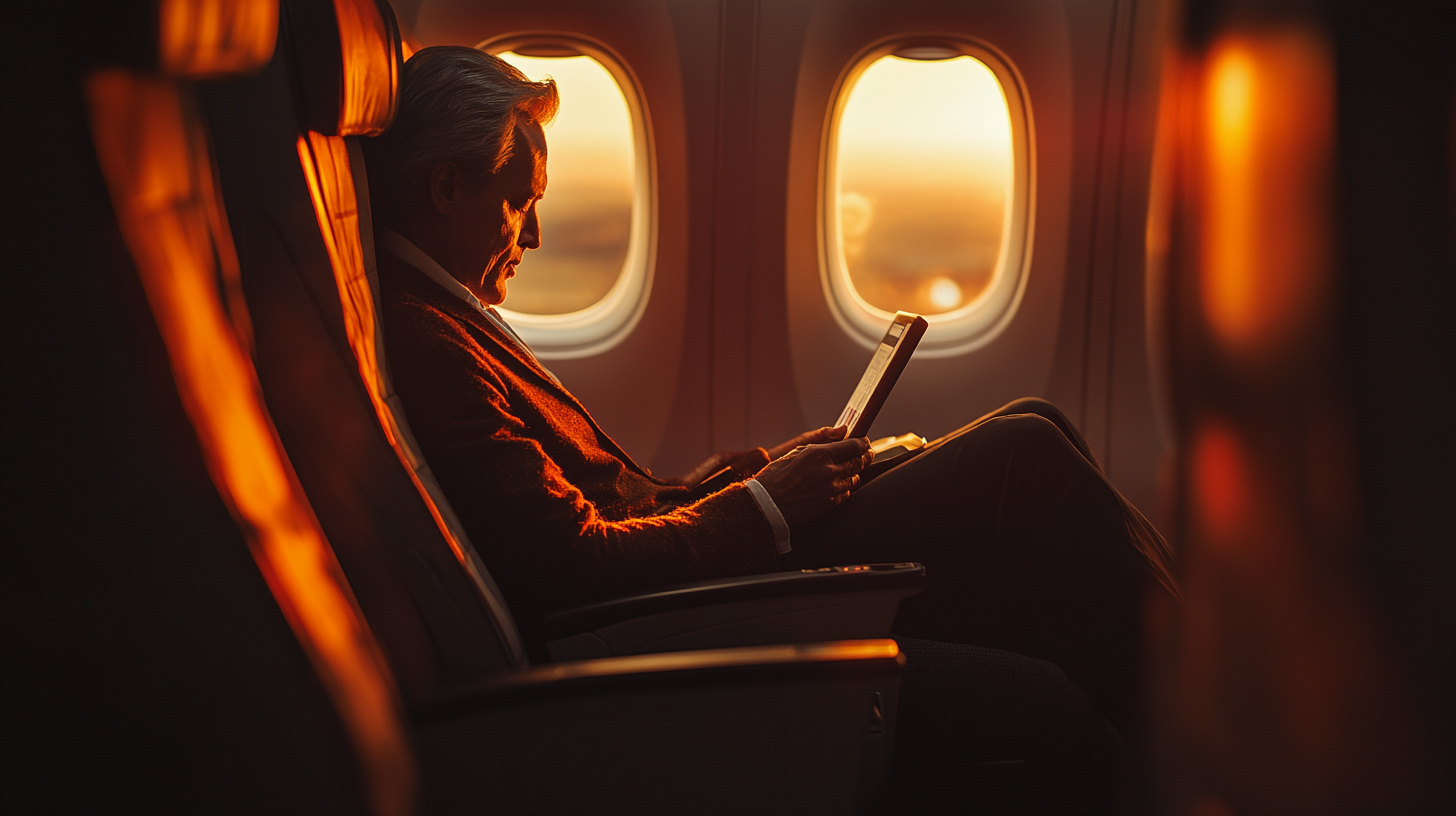
Connections can be nerve-wracking, especially when your next meeting is only hours away. Whenever the budget allows, I go for direct flights. According to a study by a major online travel platform in 2023, direct flights reduce the chance of running into lengthy delays by nearly 35%—because each connection is another potential point of disruption.
With early morning direct flights, I feel more alert both physically and mentally. Skipping a redeye or complex itinerary often results in more energy for the day ahead. While there can be a price premium, I think of it as investing in my overall productivity and peace of mind.
I also make a habit of checking weather forecasts at both departure and arrival cities. If a storm is expected, I try to reschedule my flight before the airline does. This kind of proactive approach can help you avoid the trickle-down chaos of widespread cancellations and rebookings.
7. Stay Comfy Above 30,000 Feet

Comfort is a game-changer when you’re on the move for business. I’ve discovered that layering clothes helps me adapt to unpredictable cabin temperatures—suddenly, I’m not freezing when the air conditioning blasts at cruising altitude or overheating once we land. A compact jacket can also double as a makeshift pillow or blanket.
Noise-canceling headphones are another valuable investment if you travel often. There’s a world of difference between hearing the hum of the engines for hours and enjoying a bit of quiet to rest or focus on a crucial report. Pair those with a neck pillow that supports your posture, and you can arrive feeling far less drained.
I also keep comfortable shoes handy. Business attire needn’t be stiff, so I lean on a pair that can transition from a formal meeting to a relaxed evening networking event without straining my feet. According to a poll by a major footwear brand, about 55% of professional travelers believe comfortable footwear directly boosts workday productivity—and I can’t argue with that.
8. Save Time with Security Perks

TSA PreCheck, Global Entry, and local equivalents in other countries are all about shaving off precious minutes. In my own experience, the shorter lines mean I can show up at the airport a bit later and still clear security with time to spare. If you fly multiple times a year, the return on that membership fee is easy to justify.
Frequent travelers often mention that a stress-free security experience sets the tone for their entire trip. Breezing through the checkpoint means fewer frustrations and more time to settle into the lounge or grab a decent meal before boarding. These programs also offer a sense of consistency, no matter the airport.
Checking in online and downloading your boarding passes to a digital wallet is a final time-saver I swear by. Most airports are gradually adopting more advanced digital scanning methods, so you can typically zip straight to the security line without a paper ticket in hand. It’s one less thing to juggle or lose in the shuffle.
9. Add Leisure to Business

Balancing back-to-back meetings with zero downtime is a recipe for burnout. I’ve made a habit of blocking off an extra half-day whenever my schedule allows. Even a brief city tour or a leisurely meal at a local café can refresh my mindset and make the entire trip feel more rewarding.
One of my favorite ways to incorporate leisure is by adding a cultural or STEM-related activity, like visiting a science museum or an innovative tech hub. I’ve discovered new business connections and ideas that way—both personally inspiring and sometimes even beneficial to my professional goals.
Although dedicating time to leisure might seem counterintuitive when you’re busy, it can truly reduce stress and offer a creative recharge. You’ll return home with not just new business insights but also a richer understanding of the city you visited, which can spark future opportunities or collaborations.
Final Thoughts
Travel is more than just hopping from one destination to another; it’s an ever-evolving interplay of technology, strategy, and personal comfort. By adopting a mix of these tried-and-true hacks—like leveraging loyalty programs or packing smart—you can boost your day-to-day efficiency on the road. There’s also satisfaction in seizing control over the details, whether it’s picking the right flight time or setting aside a moment to savor local culture.
My best advice is to experiment. Each journey is a new opportunity to refine your approach. You’ll find some strategies that resonate and others you can leave behind. In the end, if you consistently level up your business travel game, you’ll see tangible benefits in productivity, cost savings, and overall well-being.
Amelia Yeaher’s Take
I’ve always believed that the real magic in travel lies in balancing efficiency with curiosity. Enhancing your journey with a few well-researched tips can keep your day structured and your spirit open to spontaneous discovery. Paying attention to emerging travel tech, from e-visas to biometric screening, gives you a front-row seat to the changes shaping tomorrow’s adventures.
Over time, I’ve come to see travel as an integral part of professional growth—test out at least one new tool, experience, or technique each time you venture out. You might uncover something transformative in the process.
For more expert travel insights, head on over to Seat5A.


